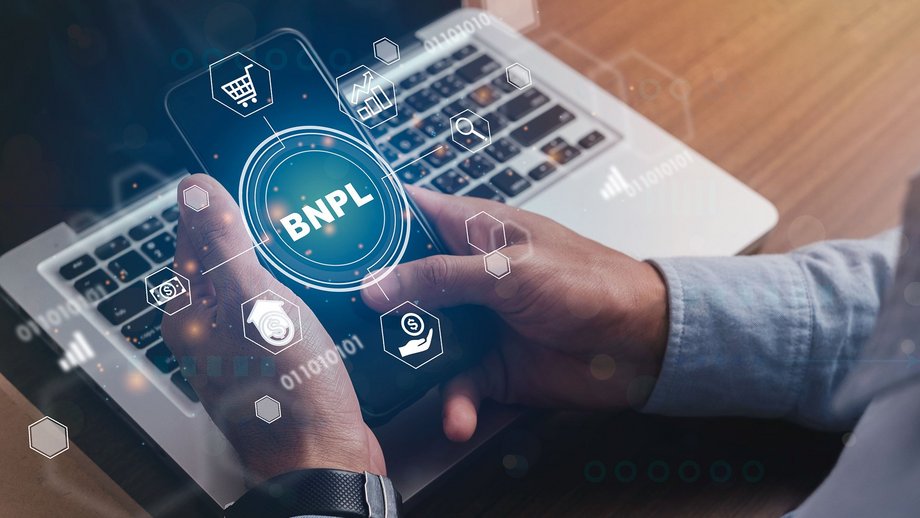At its core, BNPL is not revolutionary. Its model is similar to that of point-of-sale (POS) financing, provided by traditional lenders such as banks. Both payment models let consumers take short-term loans at the point of sale, spreading the cost over a given period of time. This allows them to immediately purchase items without having to pay the full price up front. Unlike POS financing, however, BNPL loans usually come with no interest or fees and are more easily accessible for people with lower credit scores. Whereas POS financing typically involves banks and traditional lenders, BNPL loans are mostly issued by fintech companies like Klarna, Afterpay, and PayPal.
BNPL benefits both consumers and merchants. It offers customers financial flexibility and an effortless checkout process, while merchants gain higher sales conversions, larger order values, decreased acquisition costs, greater brand awareness, and customer loyalty. In short, BNPL offers a win-win solution for all involved — except, of course, traditional credit card companies and banks, which have had a tight grip on consumer lending until now.
“The low-to-zero interest nature of BNPL products has allowed fintechs to sneak ahead of banks in this space,” says Elina Mattila, Executive Director at Mobey Forum. “Banks will need to consider their own position in this growing market or risk losing revenues across their other credit-related products, as their customers become accustomed to accessing finance from elsewhere.”




